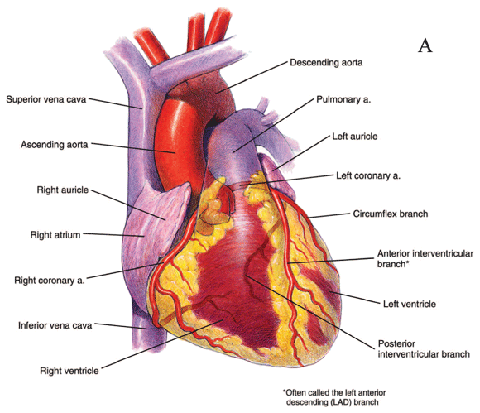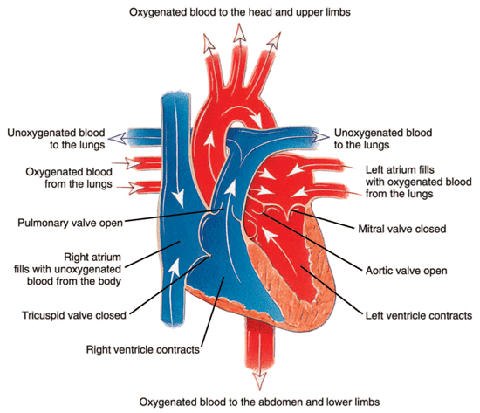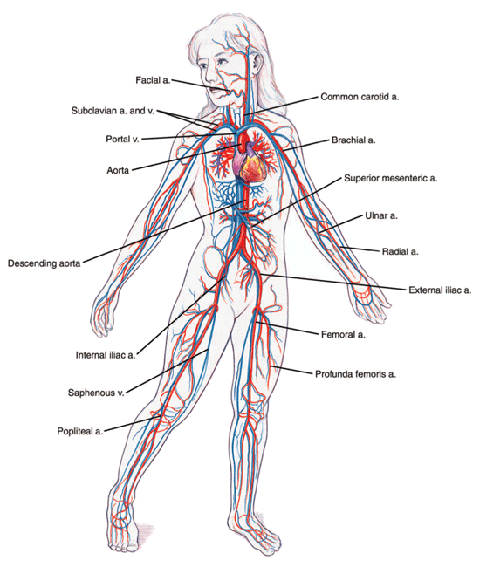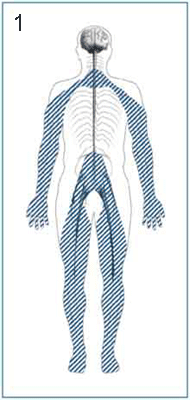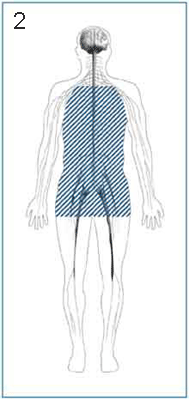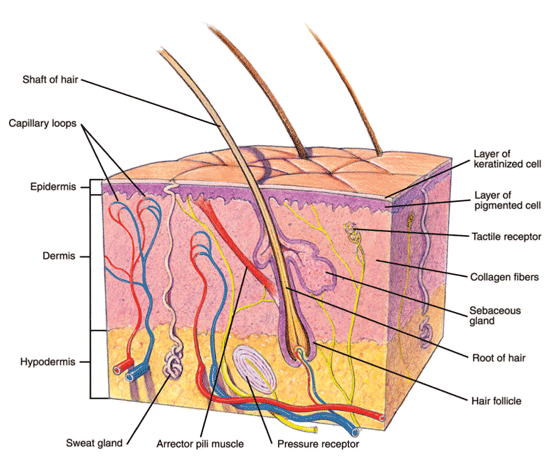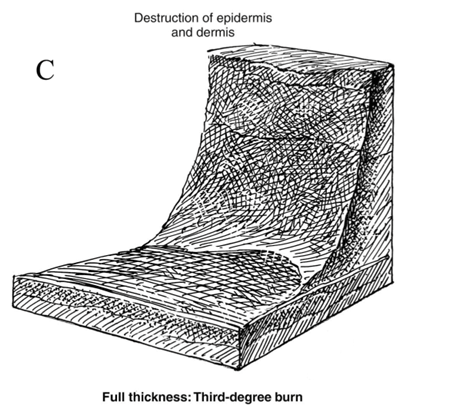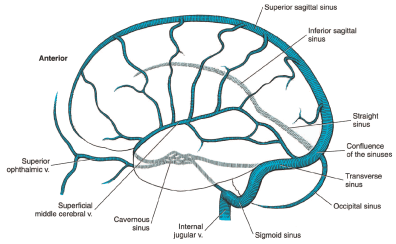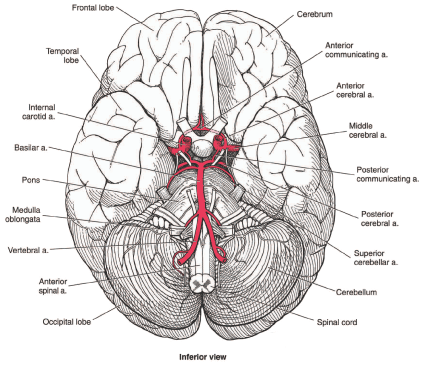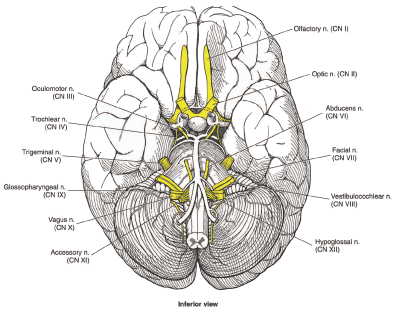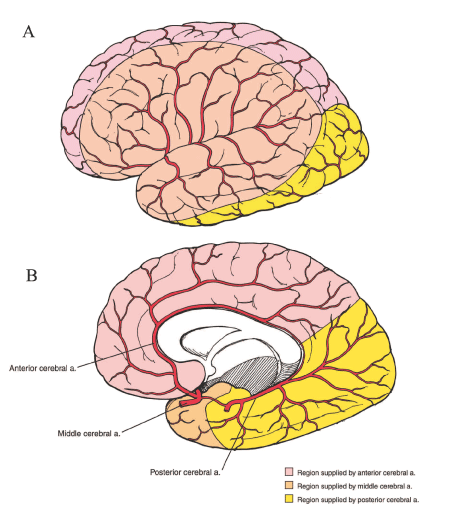Can I Get Social Security Disability Benefits for Diabetes?
- How Does the Social Security Administration Decide if I Qualify for Disability Benefits for Diabetes?
- About Diabetes and Disability
- Winning Social Security Disability Benefits for Diabetes by Meeting a Listing
- Residual Functional Capacity Assessment for Diabetes
- Getting Your Doctor’s Opinion About What You Can Still Do
How Does the Social Security Administration Decide if I Qualify for Disability Benefits for Diabetes
If you have diabetes,Social Security disability benefits may be available. To determine whether you are disabled by diabetes, the Social Security Administration first considers whether your diabetes is severe enough to meet or equal a listing at Step 3 of the Sequential Evaluation Process. See Winning Social Security Disability Benefits for Diabetes by Meeting a Listing.
If your diabetes is not severe enough to equal or meet a listing, the Social Security Administration must assess your residual functional capacity (RFC) (the work you can still do, despite your diabetes), to determine whether you qualify for benefits at Step 4 and Step 5 of the Sequential Evaluation Process. See Residual Functional Capacity Assessment for Diabetes.
About Diabetes and Disability
What Is Diabetes?
The complete name for diabetes is diabetes mellitus. Also known as “sugar” diabetes, diabetes mellitus is a hormonal disorder. The cells of the body need a form of sugar called glucose for energy. The body breaks down various carbohydrates in the diet to glucose. Glucose then circulates to the body’s tissues through the blood. But glucose cannot get from the blood to the inside of the cells where the cells can use it, unless the hormone insulin is also present. Insulin permits passage of glucose through the cell membrane.
Insulin is secreted by the pancreas. The pancreas is an elongated organ located behind the stomach. Special cells, known as the Islets of Langerhans, are spread throughout it. These cells produce insulin that is released into the blood. Diabetes occurs when the pancreas does not produce any or enough insulin or when the body is unable to use effectively the insulin that is produced. High blood sugar results as glucose accumulates in the blood because it cannot get into the cells of the body.
The Social Security Administration sees many claimants who are afflicted with diabetes. Diabetes mellitus affects the entire body, and may be mild, moderate, or severe. Diabetes is a major cause of illness, disability, and death. The number of cases of diabetes is increasing markedly in the U.S. as a result of obesity, inadequate exercise, and junk food. More and more children are becoming diabetic at younger ages, as are adults.
There are two main types of diabetes mellitus, Type 1 diabetes and Type 2 diabetes.
Type 1 Diabetes
Type 1 diabetes is the most severe form of diabetes. Older names for Type 1 include juvenile diabetes, juvenile onset diabetes, and insulin-dependent diabetes mellitus (IDDM). IDDM is misleading because other types of diabetes besides Type 1 may require insulin. Type 1 appears during childhood or early adulthood. It is an autoimmune disorder in which cells in the immune system called T lymphocytes damage the insulin-producing cells in the pancreas. Then the level of glucose in the blood becomes abnormally high, since glucose cannot get into the cells without enough insulin. Persons with Type 1 diabetes must take injections of insulin to correct the problem.Type 1 diabetes accounts for 5% to 10% of total cases of diabetes.
Medical research continues in an effort to prevent Type 1 diabetes mellitus, but so far it has not been successful. Unfortunately, there is no single “diabetic gene” that could be replaced with gene therapy to cure this disease; the immune system abnormalities are numerous and complex. Type 1 diabetes can result in complete destruction of the pancreatic islet cells over a period as short as 3 years. This means that Type 1 diabetes develops quickly, and a person with Type 1 diabetes needs to inject insulin early in the course of the disease.
Because of the marked fall in insulin, the symptoms and complications of Type 1 diabetes can be severe. Uncontrolled severe Type 1 diabetics typically have excessive urination, thirst, and appetite with weight loss. But they may have no appetite. And they may experience weakness, abdominal pain, nausea, and vomiting, along with sleepiness, lethargy, or even coma. A person may have these symptoms when first diagnosed. And a person with Type 1 diabetes may have these symptoms anytime he or she stops taking insulin.
Type 2 Diabetes
The most common form (90%) of diabetes mellitus is Type 2. Those with Type 2 diabetes may or may not need to take insulin injections. Often Type 2 diabetes can be controlled with diet, weight loss, exercise, and oral medications. Type 2 diabetes is also known as non-insulin dependent diabetes mellitus (NIDDM) in those who do not require insulin. Unlike Type 1 diabetes, Type 2 is not an autoimmune disorder, though the immune system and genetics may play a role in its development and progression.
The major problem with Type 2 diabetes is not lack of insulin, but rather insulin resistance. Insulin resistance means the cells of the body are not able to use insulin effectively. The insulin levels in Type 2 diabetics may be decreased, normal, or increased, but they are usually increased. Insulin resistance, and the severity of the diabetes, is markedly increased by obesity and lack of exercise.
The oral medications that many Type 2 diabetics take to control blood glucose work in one of two ways. Either they increase the amount of insulin that the pancreas is able to secrete. Or they improve the ability of the cells to use insulin thereby reducing insulin resistance. Studies have shown that exercise can decrease insulin resistance as much as oral medication.
Historically, Type 2 diabetes developed slowly over a period of years, and a person did not need to take insulin until he or she had the disease for a while. Type 2 diabetes has been known as “adult-onset diabetes mellitus” or “maturity-onset diabetes mellitus,” because it usually developed after age 40. Now in the U.S. even children are developing Type 2 diabetes. Onset at earlier ages is occurring because of increasing childhood obesity, lack of exercise, and access to high-fat junk food. The wave of Type 2 diabetes has not yet reached a peak, as the effects of the child obesity epidemic have not had time to fully develop, and the adult population continues to become increasingly obese. Increasing numbers of claims for Social Security disability benefits based on diabetes can be expected.
Other Types of Diabetes
A few cases of diabetes mellitus are not Type 1 or 2. Gestational diabetes appears during pregnancy. The problem arises from a combination of insufficient insulin and the effects of hormonal changes associated with pregnancy. After pregnancy, the diabetes will usually abate, but 5% to 10% of gestational diabetes cases are actually Type 2 diabetics. A person with gestational diabetes has an increased risk for eventual development of diabetes, even if the gestational diabetes resolves. Various medical problems like surgery, malnutrition, infection, pancreatic trauma, and drugs can be enough to push a person over into diabetes and account for about 1% to 5% of all diabetics.
Diagnosis of Diabetes Mellitus
Diabetes is diagnosed when blood sugar (glucose) levels are high. Medical authorities disagree about how high glucose levels must be for the diagnosis. Normal fasting blood glucose (FBG) levels are no higher than 110 mg% (110 mg/dL); some authorities put the upper limit of normal at 115 mg%. It is generally agreed that a FBG of 140 mg/dL or greater on at least two separate days should be considered diagnostic of diabetes mellitus in anyone. This threshold is the “gold standard” for diagnosing diabetes.
The American Diabetes Association (ADA) has lower plasma glucose thresholds for diagnosing diabetes. The criteria for the diagnosis of diabetes mellitus according to the recommendations of the American Diabetes Association are:
- Random (casual) plasma glucose level over 200 mg/dL in the presence of symptoms of diabetes (the classic symptoms including excessive urination, excessive thirst, and unexplained weight loss);
Or
- A fasting plasma glucose level over 126 mg/dL;
Or
- An oral glucose tolerance test with a two hour post-load plasma glucose level over 200 mg/dL.
To establish the diagnosis of diabetes mellitus, according to the ADA, any of the above three tests must be done at least twice and on different days. However, not all endocrinologists subscribe to the ADA diagnostic criteria.
Some individuals are diagnosed as having “pre-diabetes.” The diagnosis is based on glucose levels that are higher than normal, but below the thresholds for diagnosing diabetes. Millions of Americans are pre-diabetic and have increased risk of strokes, peripheral vascular disease, heart attacks, and diabetes.
Ketoacidosis
Ketoacidosis is a serious condition that can occur in people with Type 1 diabetes. You may meet the diabetes listing and be eligible for social security disability benefits if you have episodes of ketoacidosis one every two months on average. See Meeting Listing 9.08B for Diabetes.
It results when insulin levels approach zero. It is called ketoacidosis because compounds called ketones are released into the blood and secreted in the urine and breath and the ph of the blood becomes lower than normal making it acidic. Symptoms of ketoacidosis include dehydration, weight loss, mental confusion, nausea and vomiting, rapid and deep breathing, and, if untreated, unconsciousness, coma, and death.
Ketoacidosis develops in the following way. When insulin levels are very low, the cells are starved for glucose, even though glucose is in the blood stream. In an attempt to compensate for the apparent lack of glucose, the pancreas releases the hormone glucagon. Glucagon causes the liver to convert sugar it has stored as glycogen to glucose. This additional glucose increases blood sugar levels even more, leading to a condition known as hyperglycemia. Hyperglycemia results because only the brain can use the large amounts of glucose being produced. Other tissues cannot use the glucose without insulin. Since the cells have no usable energy source, the body begins to break down fat for energy. As part of the fat metabolism process, the liver releases chemicals known as ketones into the blood stream. These ketones increase the acidity of the blood, so that the pH drops below its normal range of 7.35–7.45.
The decrease in pH in acidosis can be measured with an arterial blood gas study (ABGS). In addition to the decrease in pH, ketoacidosis on ABGS will show a decrease in bicarbonate (strongCO3), a normal value being about 21–28 meq/L. Decreased carbon dioxide gas pressure (pCO2) will be present, normal PaCO2 being about 35–45 mm Hg.
Ketoacidosis can be confirmed by the detection of acetone or acetoacetate in blood or urine. Dipsticks can be used for urine, so more formal laboratory tests are not necessarily required. There are also other forms of testing (e.g., Acetest tablets).
People with Type 2 diabetes rarely experience ketoacidosis. The reason for this is unclear, since they can have severe hyperglycemia and in some instances require insulin.
Complications of Diabetes
Diabetes is a terrible disease that can affect all tissues in the body. The major types of severe organ damage caused by diabetes mellitus are:
Neuropathy (nerve damage)
Diabetes commonly produces progressive damage in peripheral nerves (the nerves outside the brain and spinal cord). The damage often leads to numbness in the feet and legs. This is called sensory peripheral neuropathy and is the most common type of neuropathy (see Figure 1 below). If you have diabetic neuropathy, you may meet qualify for Social Security disability benefits by meeting a listing. See Meeting Social Security Administration Listing 9.08A for Diabetes.
Diabetic sensory peripheral neuropathy can also result in a lack of position sense (proprioception) in the legs, so that the diabetic has difficulty balancing and walking normally. Diabetes may also produce a motor peripheral neuropathy. This means the motor nerves that activate muscles can be damaged causes the muscles to be weak. Nerve conduction studies (NCS) can objectively measure the severity of peripheral neuropathy. A second type of neuropathy common to diabetics is autonomic neuropathy (see Figure 2 below). Inautonomic neuropathy, autonomic nerves (nerves that regulate involuntary body functions) are damaged. For example, damage may occur to cardiac nerves that help regulate heart rhythm, gastric nerves that move the stomach walls, or nerves in the walls of arteries that help adjust vessel diameter to maintain blood pressure with body position changes. After peripheral or autonomic neuropathy has occurred, it does not necessarily improve—especially if it is advanced. Furthermore, a person’s blood glucose may normalize with treatment and his or her nerve conduction velocity values may then return to normal, but the individual may still experience the symptoms of peripheral neuropathy. The Social Security Administration should not presume that a claimant with neuropathy that does not improve as documented by the treating physician’s examination is not credible on the basis of an improved NCS alone.
NCS cannot be done for autonomic neuropathy since those nerves are not normally accessible.


Figures 1 and 2: Sensory peripheral neuropathy (top) and autonomic neuropathy bottom.
Diabetic Retinopathy
Diabetic retinopathyis one of the most frequent causes of blindness in the U.S., and the Social Security Administration sees many such claimants. If your diabetic retinopathy is severe, you may qualify for Social Security disability benefits by meeting a listing. See Meeting Listing 9.08C for Diabetes.
Kidney Failure
One of the major causes of kidney failure in the U.S. is diabetes mellitus.
Heart Disease
Diabetes is a major contributor to the development of coronary artery disease and peripheral vascular arterial disease, as well as additional complications such as heart failure.
Amputation
Diabetes is a major cause of the need for amputation of lower extremities. This complication occurs because the diabetes compromises immunity and resistance to bacterial infection, and because diabetes decreases blood flow in small arterial vessels. These facts mean a person can develop an infection from a minor injury to the foot when trimming the toenails. Infection is difficult to control when blood flow is compromised and immunity impaired; antibiotics may not be effective. Tissue death (gangrene) may require amputation, and sometimes repeated amputations.
Stroke
Because of vascular damage, people with diabetes have a high rate of strokes. See Can I Get Social Security Disability Benefits After a Stroke?
High Blood Sugar and Diabetic Complications
Whether in Type 1 or 2 diabetes mellitus, high blood sugar or hyperglycemia has relentless destructive effects on most major body systems. Regulation of blood glucose levels with insulin, or other treatment is known as “control.” In general, tighter control of blood glucose with insulin injections, or medication, and diet and exercise, means better control of complications. But good control will not necessarily reverse damage that has already been done, although improvement may be possible. Other factors are in play besides blood glucose control, because good control does not necessarily stop progression of a diabetic complication once damage has been done. However, good glucose control will slow the progression.
Good glucose control is difficult to achieve because there is currently no way to deliver insulin or other glucose-controlling drugs with the same degree of precision as a normal human body. Pancreatic transplantation can be beneficial to patients with severe complications and difficult to control diabetes, but this is not a solution for most in view of possible complications with the transplant itself. Understandably, people do not like having to inject themselves with insulin. Insulin pumps have been in existence for some years. More recent experimental innovations have been inhaled insulin and insulin patches.
Some diabetics have higher glucose levels due to poor compliance with treatment; when non-compliance is an issue, it will usually be noted in the treating physician’s medical records. Obvious intentional non-compliance leading to severe hyperglycemia and hospitalization seems to be more of a problem with some teenagers than adults. In other instances, a diabetic may have insufficient money for medication, or have a mental disorder like major depression, schizophrenia, or mental retardation. Some claimants who have to inject insulin have difficulty seeing well enough to draw up the proper dose of insulin.
Hard to Control or Brittle Diabetes
Some cases of diabetes are difficult to control even though the patient carefully follows the prescribed treatment. These are cases of brittle diabetes in which the blood glucose levels vary widely and constant adjustments have to be made in insulin doses. The Social Security Administration should take into account the presence of brittle diabetes, but this is difficult to do if the treating doctor’s records are inadequate. Difficult to control diabetes tends to occur when insulin levels fall to zero, because there is no natural insulin to help cushion swings in blood glucose. Poor compliance with treatment and highly variable emotional states can contribute to difficult control; emotions influence the levels of hormones that affect the regulation of blood glucose. However, this subject is not fully understood. See Brittle Diabetes and Residual Functional Capacity.
Continue to Winning Social Security Disability Benefits for Diabetes by Meeting a Listing.

